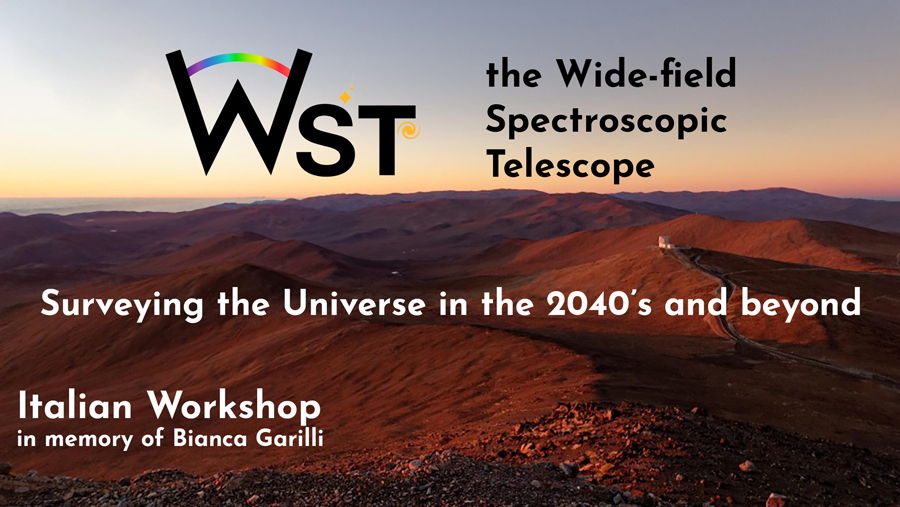Speaker
Description
Ongoing and upcoming wide-field imaging campaigns, such as the Euclid Wide and Deep Surveys and Rubin Observatory’s LSST, will enable measurements of the photometric and structural properties of tens of millions of galaxies, spanning the local Universe to redshifts of 2–3 and beyond, from dwarfs to the most massive galaxies. In particular, Euclid will uncover hundreds of thousands of dwarf galaxies in the local Universe and over 100,000 galaxy-scale gravitational lenses. However, only a small fraction of these objects will be targeted by upcoming spectroscopic facilities like 4MOST and WEAVE.
The WST positions itself as a unique facility for the comprehensive spectroscopic follow-up of these galaxies. A dedicated survey to measure velocity dispersions and thereby total masses for tens of millions of galaxies, utilizing the different WST observing modes (MOS-LR for large statistical samples, MOS-HR for low velocity dispersion galaxies, and IFS for specific targets), will have transformative scientific outcomes. These include:
a) providing the characterization of dark matter content as a function of galaxy mass and redshift for unprecedented numbers of galaxies;
b) constraining dark matter in the central regions of newly discovered dwarf galaxies in the local Universe, offering critical insights into the nature of dark matter; and
c) spectroscopic validation and velocity dispersion of ~100,000 galaxy-galaxy strong lenses, yielding key information that, combined with strong lensing constraints, will enable the most precise constraints on galaxy dark matter fractions and mass profiles across redshifts, masses, and galaxy types.
The WST can thus create the most comprehensive atlas of galaxies with constraints on their dark matter content in the southern hemisphere.

